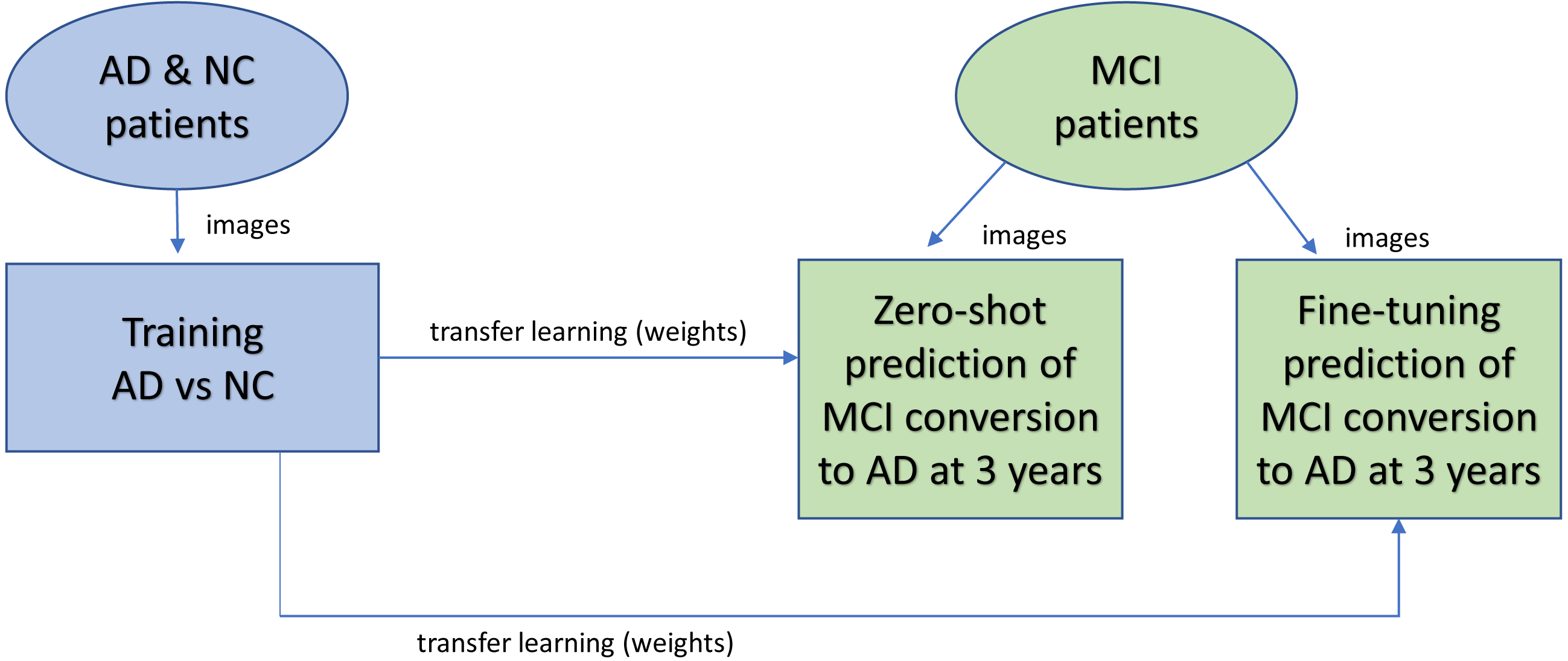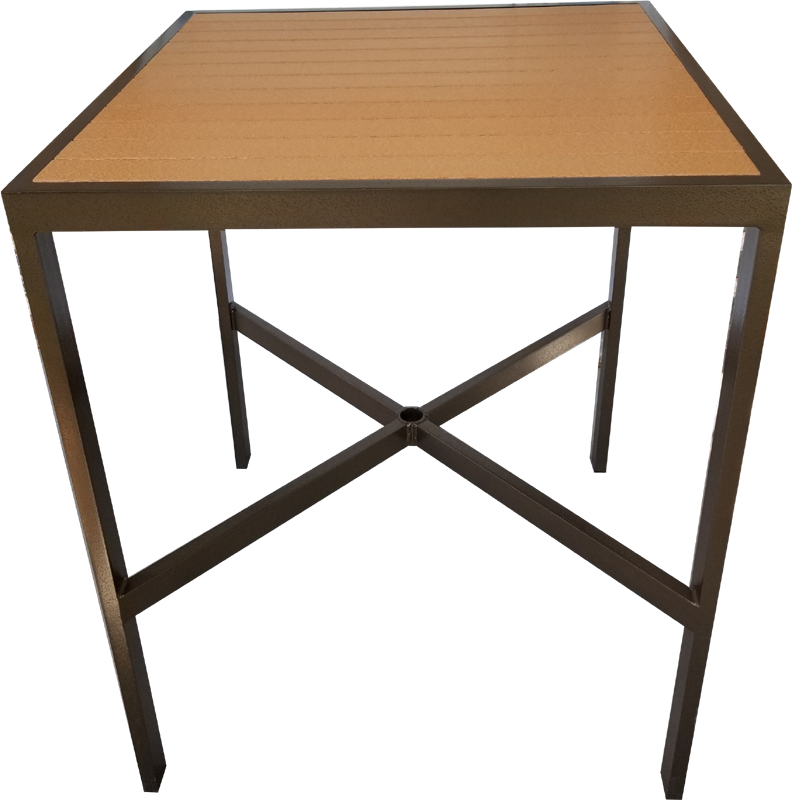Table Of Content
In this case, the students are the subjects or dependent variables while the lectures are the independent variables treated on the subjects. Some efficient designs for estimating several main effects were found independently and in near succession by Raj Chandra Bose and K. Kishen in 1940 at the Indian Statistical Institute, but remained little known until the Plackett–Burman designs were published in Biometrika in 1946.
Experimenter effects
The use of a control group is an important experimental design method that involves having a group of participants that do not receive the treatment or intervention being studied. The control group is used as a baseline to compare the effects of the treatment group. The efficiency of design is essential to gather quantitative data and carrying out statistical analysis during the research process. In this article, we discuss what are experimental design, its importance, and the mistakes to avoid when designing the research structure. In true experimental research, the participants are divided into groups randomly and evenly so as to have an equal distinction. However, in quasi-experimental research, the participants can not be divided equally for ethical or practical reasons.
Experimental Design Methods
Experimental research establishes a cause-effect relationship by testing a theory or hypothesis using experimental groups or control variables. In contrast, descriptive research describes a study or a topic by defining the variables under it and answering the questions related to the same. Since school days’ students perform scientific experiments that provide results that define and prove the laws and theorems in science. These experiments are laid on a strong foundation of experimental research designs. A matched pairs design is an experimental design where pairs of participants are matched in terms of key variables, such as age or socioeconomic status. One member of each pair is then placed into the experimental group and the other member into the control group.
And Then There Were Six—Kinds of Taste, That Is - Lab Manager Magazine
And Then There Were Six—Kinds of Taste, That Is.
Posted: Fri, 06 Oct 2023 07:00:00 GMT [source]
Questionnaire – Definition, Types, and Examples
The statistical design, however, would be a 2 × 3 factorial with independent variables of experience (novice or advanced) and training (isokinetic, isotonic, or isometric) and a dependent variable of strength gain. Note that data were collected according to a 3-factor design but were analyzed according to a 2-factor design and that the dependent variables were different. So a single design statement, usually a statistical design statement, would not communicate which data were collected or how. Readers would be left to figure out on their own how the data were collected.
Pre-experimental Research Design
This creates a wedge-like pattern over time where more and more participants receive the treatment as the study progresses. It's like rolling out a new policy in phases, monitoring its impact at each stage before extending it to more people. Now let's turn our attention to Covariate Adaptive Randomization, which you can think of as the "matchmaker" of experimental designs. A famous example of this design is the "Little Albert" experiment, conducted by John B. Watson and Rosalie Rayner in 1920. In this study, a young boy was exposed to a white rat and other stimuli several times to see how his emotional responses changed.
When researching the effect of social interaction on human behavior, the subjects who are placed in 2 different environments are observed throughout the research. No matter the kind of absurd behavior that is exhibited by the subject during this period, its condition will not be changed. The other person is placed in a room with a few other people, enjoying human interaction. There will be a difference in their behaviour at the end of the experiment. Experimental research design can be majorly used in physical sciences, social sciences, education, and psychology.
Between-Subjects Experiments
As you gather more clues (or data), you update your best guess on what's really happening. In terms of applications, besides their heavy usage in medical and pharmaceutical research, Adaptive Designs are also becoming increasingly popular in software testing and market research. In these fields, being able to quickly adjust to early results can give companies a significant advantage. Adaptive Designs are most often seen in clinical trials, particularly in the medical and pharmaceutical fields. Meanwhile, two more classes skip the initial quiz, and then one uses the new method before both take the final quiz. Comparing all four groups will give you a much clearer picture of whether the new teaching method works and whether the pretest itself affects the outcome.
It is used to make predictions and draw conclusions on a subject matter. This is a no equivalent group design example because the samples are not equal. By evaluating the effectiveness of each teacher’s teaching method this way, we may conclude after a post-test has been carried out. Let us consider an academic institution that wants to evaluate the teaching method of 2 teachers to determine which is best. Imagine a case whereby the students assigned to each teacher is carefully selected probably due to personal request by parents or due to stubbornness and smartness. The first two of these groups are tested using the posttest-only method, while the other two are tested using the pretest-posttest method.

What Is Experimental Research Design?
Use of random counterbalancing will result in more random error, but if order effects are likely to be small and the number of conditions is large, this is an option available to researchers. Experimental research contains dependent, independent and extraneous variables. The dependent variables are the variables being treated or manipulated and are sometimes called the subject of the research. Research study design is a framework, or the set of methods and procedures used to collect and analyze data on variables specified in a particular research problem. In a within-subjects design, each participant experiences all conditions, and researchers test the same participants repeatedly for differences between conditions.
Picture a soccer coach trying to create the most balanced teams for a friendly match. They wouldn't just randomly assign players; they'd take into account each player's skills, experience, and other traits. In the world of research, Bayesian Designs are most notably used in areas where you have some prior knowledge that can inform your current study. For example, if earlier research shows that a certain type of medicine usually works well for a specific illness, a Bayesian Design would include that information when studying a new group of patients with the same illness.
If at the end of the experiment, a difference in health was detected across the two conditions, then we would know that it is due to the writing manipulation and not to pre-existing differences in health. Only when this is done is it possible to certify with high probability that the reason for the differences in the outcome variables are caused by the different conditions. Therefore, researchers should choose the experimental design over other design types whenever possible. However, the nature of the independent variable does not always allow for manipulation.
By doing this, they can more accurately measure how each diet affects the same group of people. The neat thing about this design is that it allows each participant to serve as their own control group. Instead of giving one type to one group and another type to a different group, you'd give both kinds to the same people but at different times. One of the most famous correlational studies you might have heard of is the link between smoking and lung cancer. Back in the mid-20th century, researchers started noticing that people who smoked a lot also seemed to get lung cancer more often. They couldn't say smoking caused cancer—that would require a true experiment—but the strong correlation was a red flag that led to more research and eventually, health warnings.
Correlational designs can help prove that more detailed research is needed on a topic. They can help us see patterns or possible causes for things that we otherwise might not have realized. This design rose to popularity in the mid-20th century, mainly because it's so quick and efficient.
Field Experiments embrace the messiness of the real world, unlike laboratory experiments, where everything is controlled down to the smallest detail. Last but certainly not least, let's explore Field Experiments—the adventurers of the experimental design world. In a Sequential Design, the experiment is broken down into smaller parts, or "sequences." After each sequence, researchers pause to look at the data they've collected. Based on those findings, they then decide whether to stop the experiment because they've got enough information, or to continue and perhaps even modify the next sequence. Next up is Sequential Design, the dynamic and flexible member of our experimental design family.
Feature papers represent the most advanced research with significant potential for high impact in the field. A FeaturePaper should be a substantial original Article that involves several techniques or approaches, provides an outlook forfuture research directions and describes possible research applications. Experimental research is suitable for research whose goal is to examine cause-effect relationships, e.g. explanatory research. It can be conducted in the laboratory or field settings, depending on the aim of the research that is being carried out. This method is commonly used in engineering and operational research for learning purposes and sometimes as a tool to estimate possible outcomes of real research.











